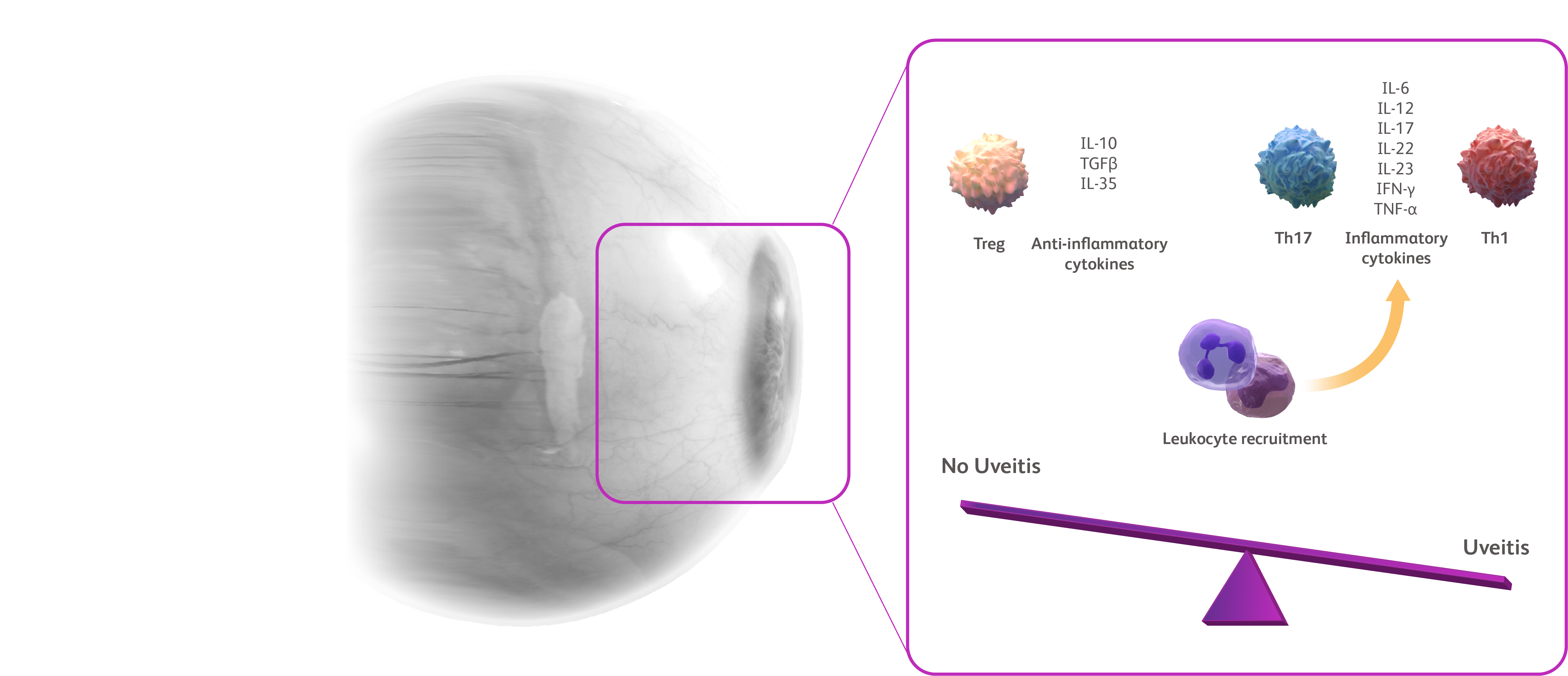more than a skin disease
References
- Fraga NA et al. An Bras Dermatol. 2012;87:877−883.
- Fotiadou C, Lazaridou E. Psoriasis (Auckl). 2019;9:91−96.
- Chaiyabutr C et al. Biomed Res Int. 2020;2020:9308341.
- Barisani-Asenbauer T et al. Orphanet J Rare Dis. 2012;7:57.
- Gritz DC, Wong IG. Ophthalmology. 2004;111:491−500.
- Foster CS et al. Surv Ophthalmol. 2016;61:1−17.
- Elmets CA et al. J Am Acad Dermatol. 2019;80:1073−1113.
- Egeberg A et al. JAMA Dermatol. 2015;151:1200−1205.
- Perez-Chada LM, Merola JF. Clin Immunol. 2020;214:108397.
- Chandran NS et al. J Dermatol. 2007;34:805−810.
- Ghalamkarpour F et al. J Dermatolog Treat. 2020;31:27−32.
- El-Asrar AM et al. Clin Immunol. 2011;139:177−184.
- Bilal J et al. Am J Med. 2018;131:1146−1154.




